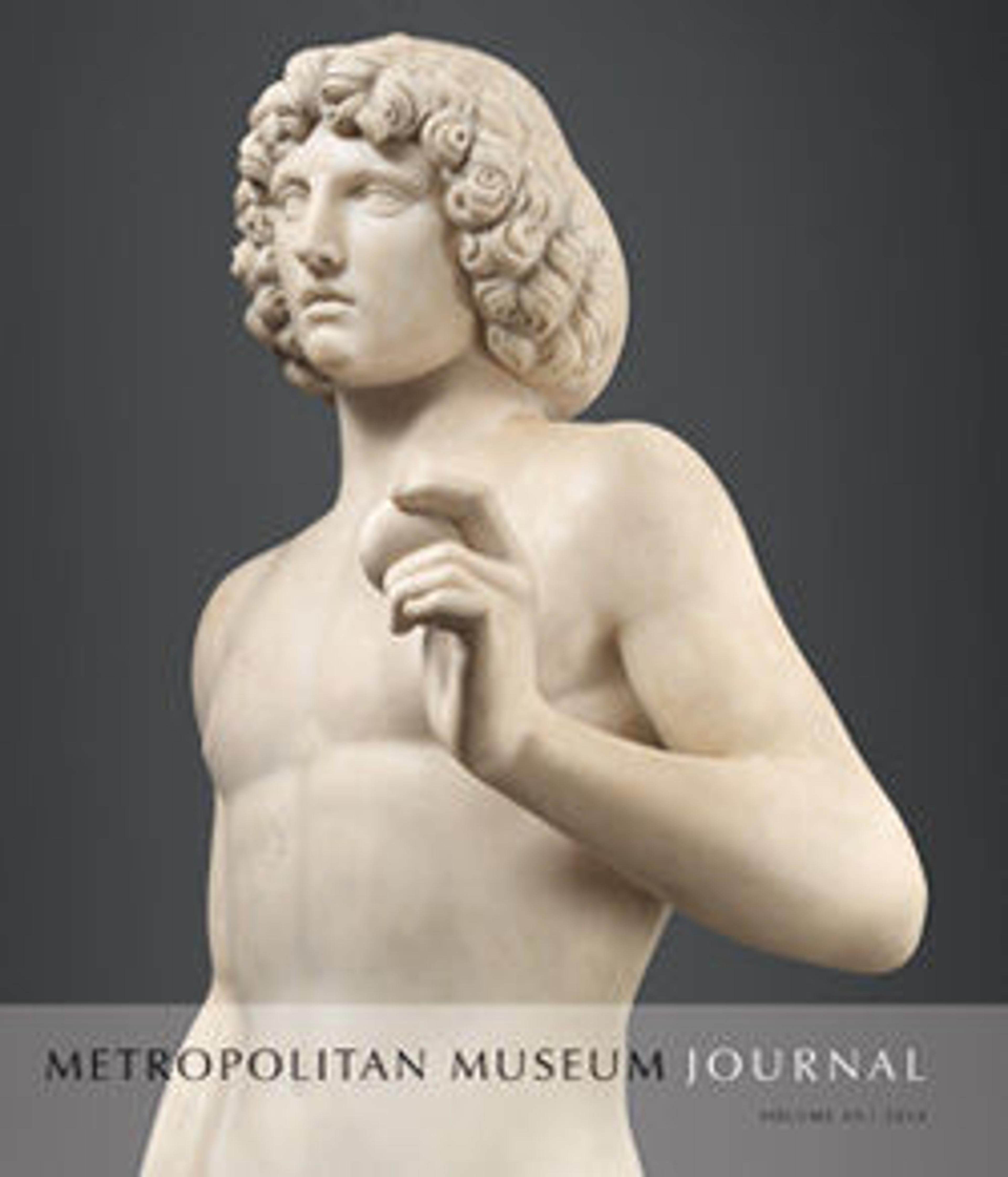Terracotta cinerary urn
The frieze depicts one of the most popular subjects on Etruscan terracotta urns, a man using a plow as a weapon. Some scholars suggest that he is the Greek hero Echetlos, a rustic who came to the aid of the Athenians and killed many Persians, wielding his plow against them at the Battle of Marathon in 490 B.C. However, it has never been explained satisfactorily why such an obscure Greek legend was so popular in Etruria. It is possible that the scene represents an Etruscan legend or event of unknown specific meaning. The type was produced extensively in Chiusi. As told by the inscription, AULE : PETRUNI : ATH : CUTNALISA, this is the cinerary urn of Aulus Petronius, son of Arnth Cutnalisa.
Artwork Details
- Title: Terracotta cinerary urn
- Period: Hellenistic
- Date: 2nd century BCE
- Culture: Etruscan
- Medium: Terracotta
- Dimensions: Overall (with lid): 13 7/16 x 13 15/16 x 7 1/8 in. (34.2 x 35.4 x 18.1 cm)
- Classification: Terracottas
- Credit Line: Purchase, 1896
- Object Number: 96.9.219a, b
- Curatorial Department: Greek and Roman Art
More Artwork
Research Resources
The Met provides unparalleled resources for research and welcomes an international community of students and scholars. The Met's Open Access API is where creators and researchers can connect to the The Met collection. Open Access data and public domain images are available for unrestricted commercial and noncommercial use without permission or fee.
To request images under copyright and other restrictions, please use this Image Request form.
Feedback
We continue to research and examine historical and cultural context for objects in The Met collection. If you have comments or questions about this object record, please contact us using the form below. The Museum looks forward to receiving your comments.
